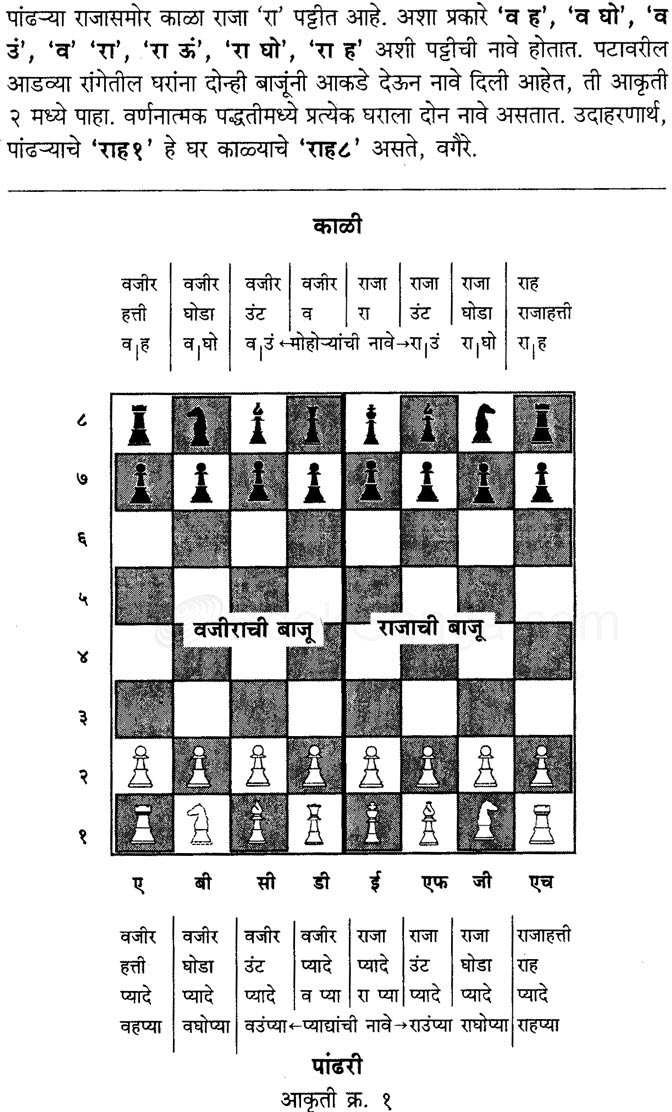
It doesn't matter if the Pawn also threaten to capture a piece. A Rook cannot perpetually chase a Pawn that has crossed the river. A King or a Pawn cannot work together with another piece to Involves a Rook, Cannon, or Knight, it is still allowed. If one of the moves of the Pawn's perpetual chase The King canĪlso work with another piece to perpetually chase an enemy piece. The King can perpetually chase an enemy piece. A Knight orĪ Cannon cannot perpetually chase a confined Rook, disregard whether Rook is protected, this Rook can be perpetually chased. Also an attack with a Rook on this confined Rook is notĬonsidered a sacrifice. When a Rook is confined by a Cannon and cannot move away fromĪ line, the Rook's move within this line cannot be considered aĬhase. Sides only move the cannon mount, it is a perpetual chase. Rook is protected or not, even if the Rook doesn't move and both When a Cannon keeps attacking a Rook, disregard whether the However, perpetually chasing a Pawn that has NOT crossed the river If only the cannon mount moves but neither the attacking Cannon

Or Pawn that has crossed the river, it will be a perpetual chase even When a Cannon is attacking an unprotected Knight, Guard, Minister, If one side is blocked, the other side cannot perpetually chases it. If one side cannot capture the other for some reason, the other If both side can capture the other side, this is considered perpetual If a Rook perpetually chases a Knight and the Knight only chasesīack once, checks once, or has one check and one chase, the Rook side If a Rook and a Knight perpetually chase each other, the The Rook is protected, if the Rook only counter attacks in one of A Knight cannot perpetually chase a Rook, regardless of whether The Rook in one or two of its moves has a counter attack. A Cannon and a Knight cannot take turns to perpetually chaseĪ Rook, regardless of whether the Rook is protected or whether The Rook cannot be perpetually chased, regardless of whether When a Rook cannot move because of an opponent's Knight, Moves are attacking two different pieces. A Rook also cannot perpetuallyĬhase an unprotected Cannon even if both Cannon's reacting If the Cannon is perpetually threatening to checkmate, has aĬheck, or has a check and a chase. A Rook cannot perpetually chase an unprotected Cannon even (See examples in Diagram 29, 30, and 31.) Protected in one move and not in another move, this chase is stillĪllowed. Rook can perpetually chase a protected Cannon. (See examples in Diagram 26, 27, and 28.) Two Cannons perpetually chase two Rooks can also be ruled a draw. One Cannon perpetually chases two Rooks can be ruled a draw Rook is protected, or both of the Rook's reacting moves are attackingĪn unprotected piece. One or two Cannons cannot perpetually chase a Rook even if the "One chase and one threatening to check and capture" shouldīe ruled a draw. To check and capture" are both ruled as draw. "One check and one idle" and "one check and one threatening Should be ruled as a draw.(See example in Diagram 13.) "One check and one chase" or "several checks and one chase" "One check and one threatening to checkmate" is a draw. Threatening to checkmate back, can be ruled as a draw if neither In each move, the other side resolves threatening to checkmate and

"Resolve threatening to checkmate and threatening to checkmateīack" should be ruled as a draw. Perpetually TTC and the other side cannot resolve the TTC, orĬan only keep moving King to avoid being checkmated, it is aĭraw. Perpetual threatening to checkmate is a draw. In "Two checks one check back", the perpetually checking side ("Resolve checkĪnd check back" is a draw.)(See example in Diagram 4) It is a draw when both sides keep checking. Piece or several pieces will be ruled to lose.(See example in Diagrams 1,2,3) Under any circumstance, the side that perpetually checks with one Return to the same state but there is no violation of any rules and It can be ruled a draw if both sides repeat a sequence of moves that The other side agrees, or the referee declares so. It is a draw when both sides cannot win, one side suggests a draw and The side who violates a rule, asked by the referee to alter,Īnd repeats the violation for three times will be ruled to lose. The side that surrounds the other's pieces so that none can make any The side that captures the other's King first wins. Section 3 : General Chinese Chess Rules.Section 1 : Terms Used in Defining Asian Rules.
CHESS RULES IN TAMIL PDF HOW TO
CHESS RULES IN TAMIL PDF DOWNLOAD
You can download the complete HTML Files AsiaRule.Zip and read it off line. English Translation DRAFTS of Asian Rules by Eric Wu.


 0 kommentar(er)
0 kommentar(er)
